Cable jointed with insulation tape
Twisting and taping was never an acceptable method.
Under the floor
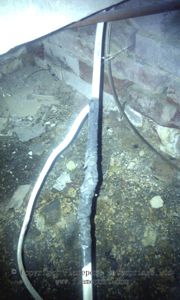 This unsuitable method of jointing wires was found under the floor in a house.
This unsuitable method of jointing wires was found under the floor in a house.
The main cable is a stranded twin & earth type from the 1970s, and provides power to socket outlets.
The joined cable at the side has been added by someone to provide power to an additional socket outlet.
The other thin cable visible at the back is from a television aerial, and the metal pipe across the top of the picture is for gas.
This circuit passed all of the usual tests perfectly, which shows the value of inspection, rather than just testing.
Removed for further inspection
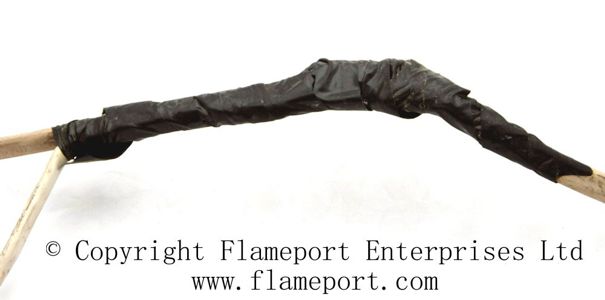 This is the joint after being removed from the circuit. The cable joined at the side is a smaller size.
This is the joint after being removed from the circuit. The cable joined at the side is a smaller size.
This joint and the cables were just hanging under the floorboards, with no support or fixings at all. The earth floor below was very wet.
This is just normal insulation tape - not waterproof or even water resistant.
Tape removed
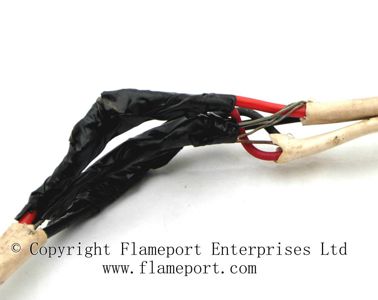
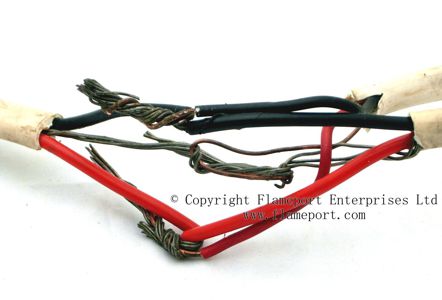 Removing the tape reveals the joint method - just twist the wires together.
Removing the tape reveals the joint method - just twist the wires together.
This was originally connected to a 30A rewireable fuse, and the smaller cable is 1.5mm² - far too small for a 30A circuit.
Twisting
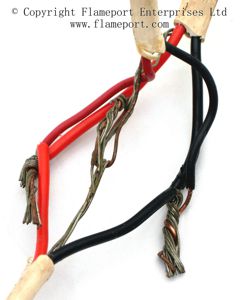 Surely this twisted and taped mess would have taken far longer than fitting a proper junction box.
Surely this twisted and taped mess would have taken far longer than fitting a proper junction box.
No financial saving either - although a junction box was not required, an extensive amount of insulation tape was used instead.
The stranded wires are tinned copper, as was common in the 1970s.
The other cable is solid core copper, and could have been added at any time from the late 1970s to the mid 2000s.


